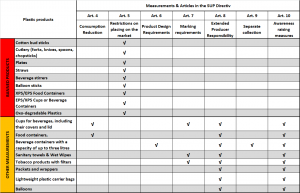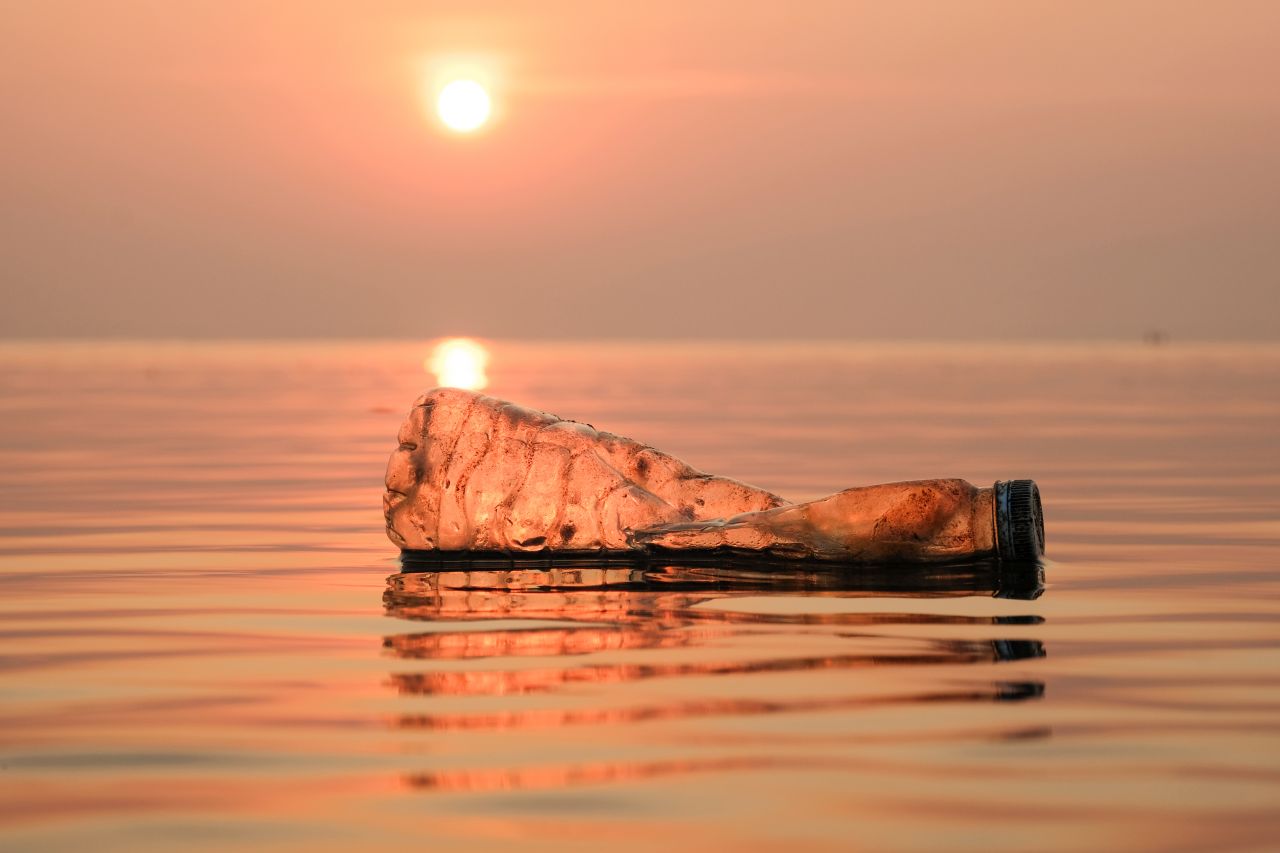Whilst the banning of certain items is the most visible and talked about measurement taken by the SUP directive, there are several more articles within the Directive and some of them might have an even bigger impact on your business.
The linked factsheet from rethinkplasticsalliance.eu provides a lot of clear information (LINK), however below we will try to give some clarification.
Measurements (Articles) in the Directive
The Directive includes the following articles that will impact different “Single-Use Plastics”. Specific items fall under different (or multiple) articles. All these articles have different due dates on when they need to be implemented.
- 4: Consumption Reduction
- This is the commitment by the member states to reduce the usage of a specific article by a predetermined percentage. How to achieve this goal is not necessarily defined in the Directive, but is up to the Member states themselves
- 5: Restrictions on placing on the market – Implementation date 3-Jul-2021
- This is prohibiting the sale of the items falling under this article
- 6: Product Design Requirements – Implementation date 3-Jul-2024
- This requires to have some specific design changes for the Single Use Plastic items falling under this category. For example, the requirement that the caps or lids made from plastic stay attached to the product when used
- 7: Marking requirements – Implementation date 3-Jul-2021
- This is prescribing what marking needs to be placed on a product, for example on how to properly dispose of the article or how the incorrect disposable of the product harms the (Marine) enviroment
- 8: Extended Producer Responsibility – Implementation date 3-Dec-2024
- EPR is the principle that “the polluter pays”. In other words, the producer or seller of these articles will also have to carry the cost for the clean-up of these articles. Most EPR’s will come in the form of a Tax based either on weight or on quantity of articles placed on the market
- 9: Separate collection
- This is the commitment to reach pre-determined collection targets – this can be reached by establishing deposit-refund systems or any other scheme devised by the member states.
- 10: Awareness raising measures
- Member States shall take measures to inform consumers and to incentivise responsible consumer behaviour – this can be for example in the form of campaigns informing the public that biodegradable or reusable alternatives exist.
Below Matrix will provide a list of the Single Use Plastic items and the relevant Article from the Directive that apply.

As with all (European) legislation, there are more exemptions and caveats than rules. If you have any specific questions about the EU’s Single-Use Plastic Directive please reach out to your BFG Packaging Representative and we they will point you in the right direction.

